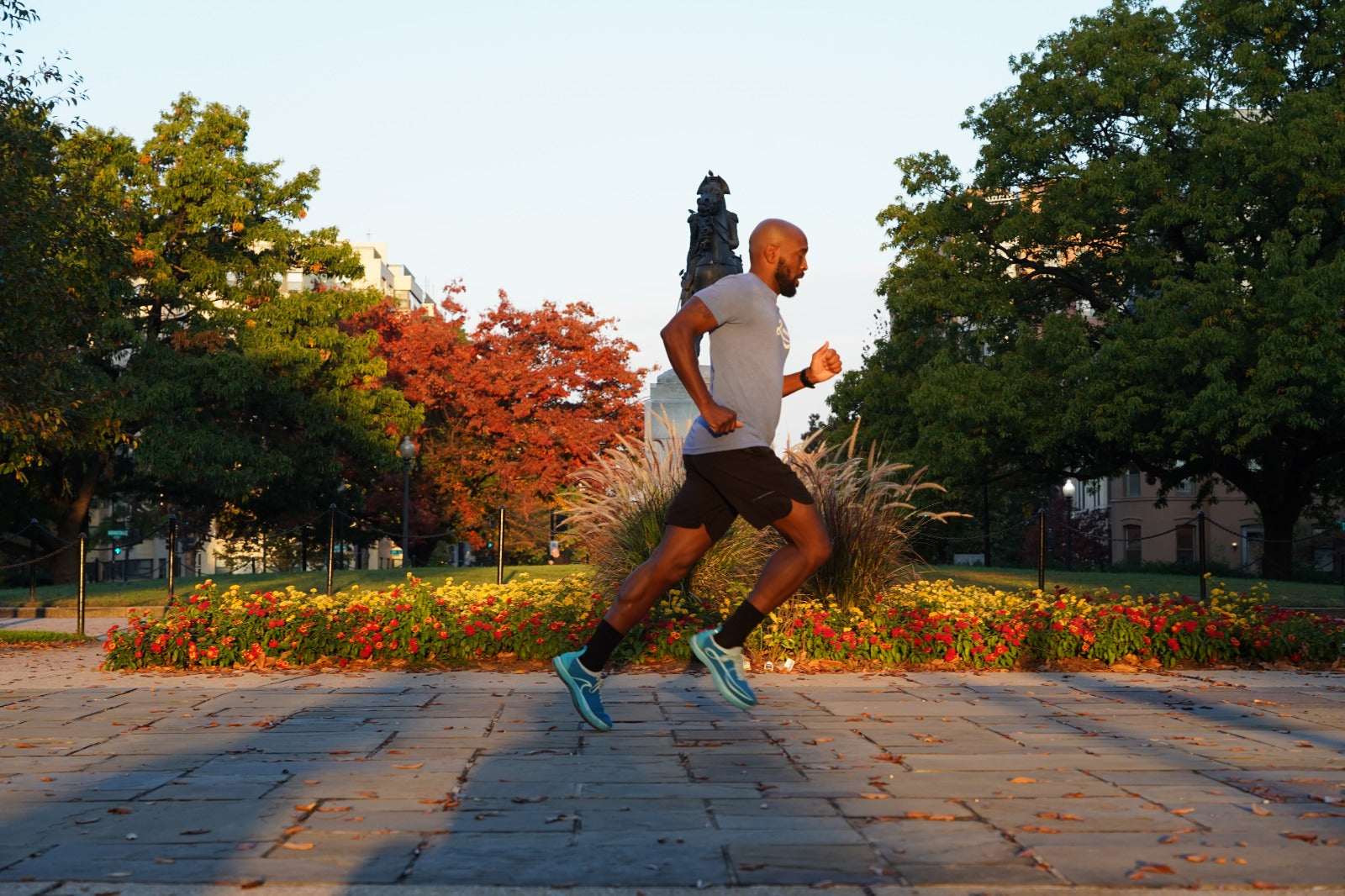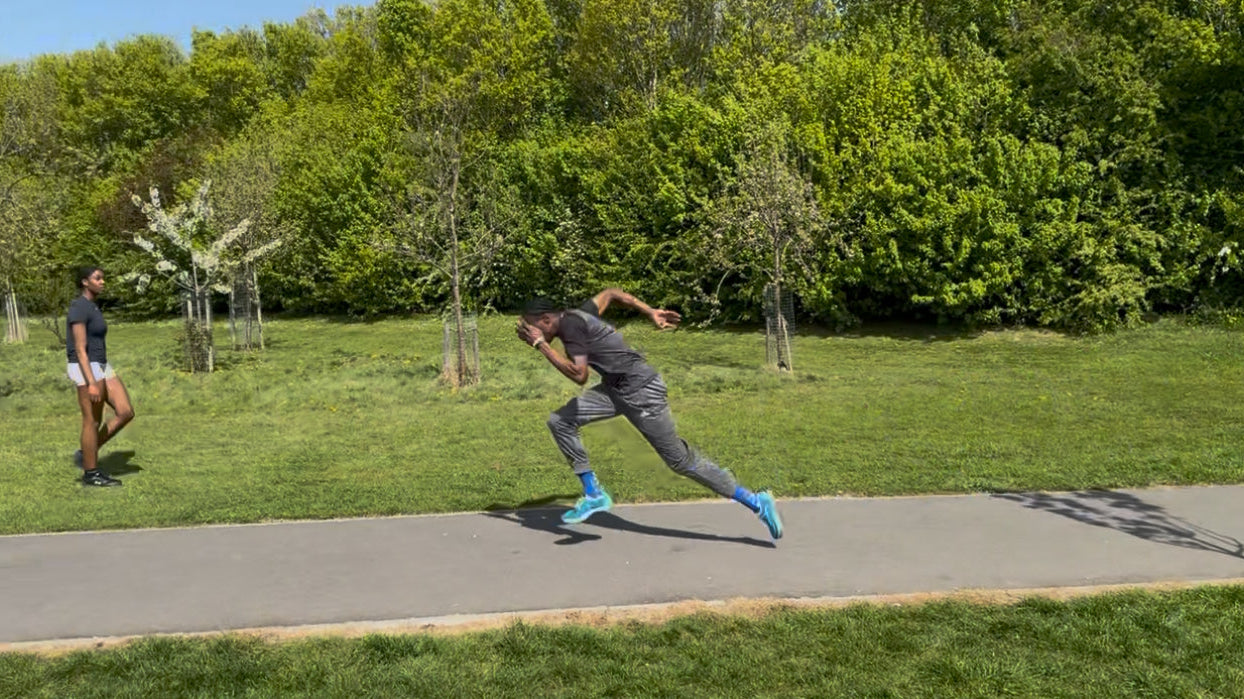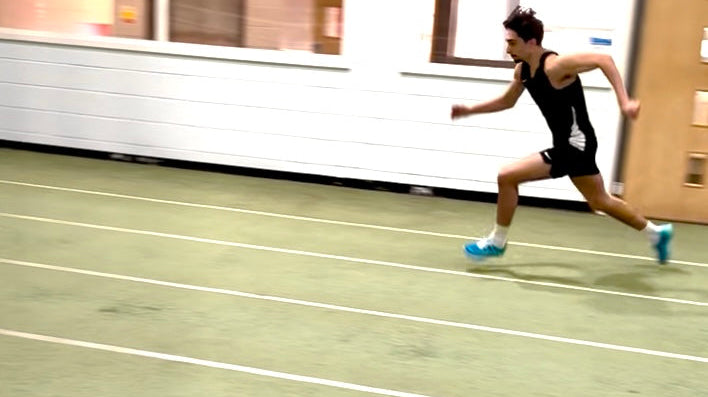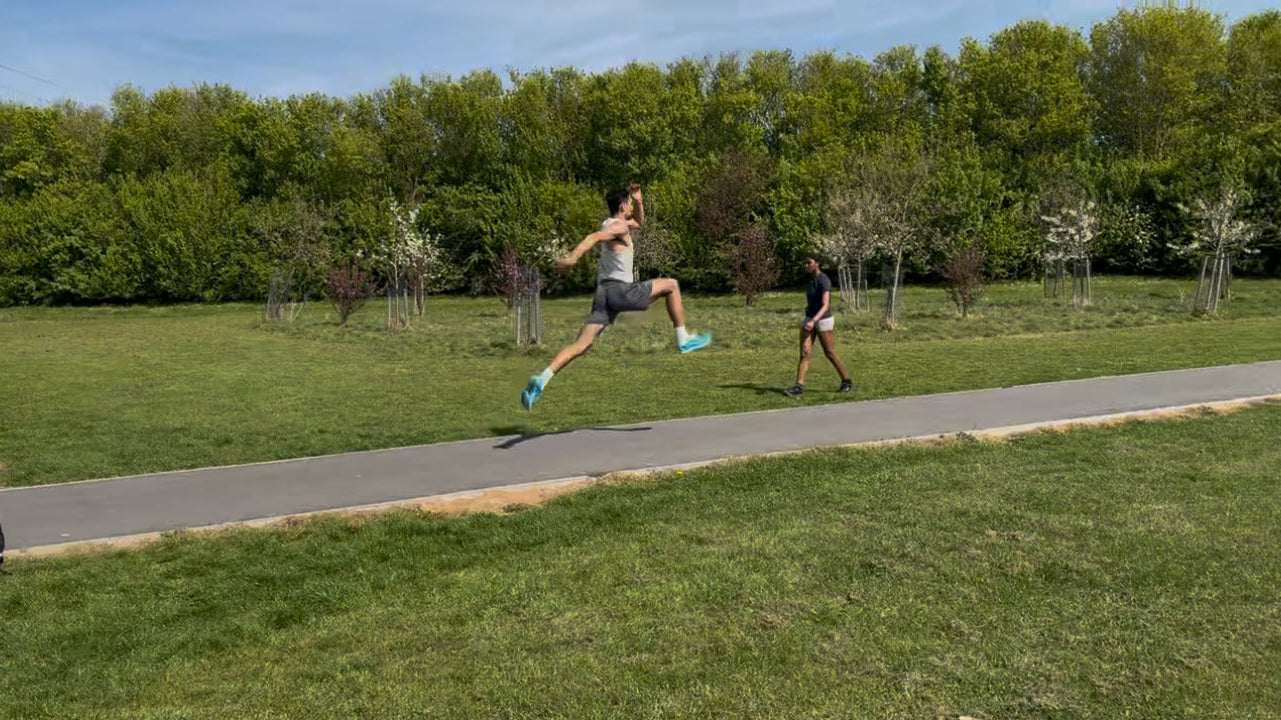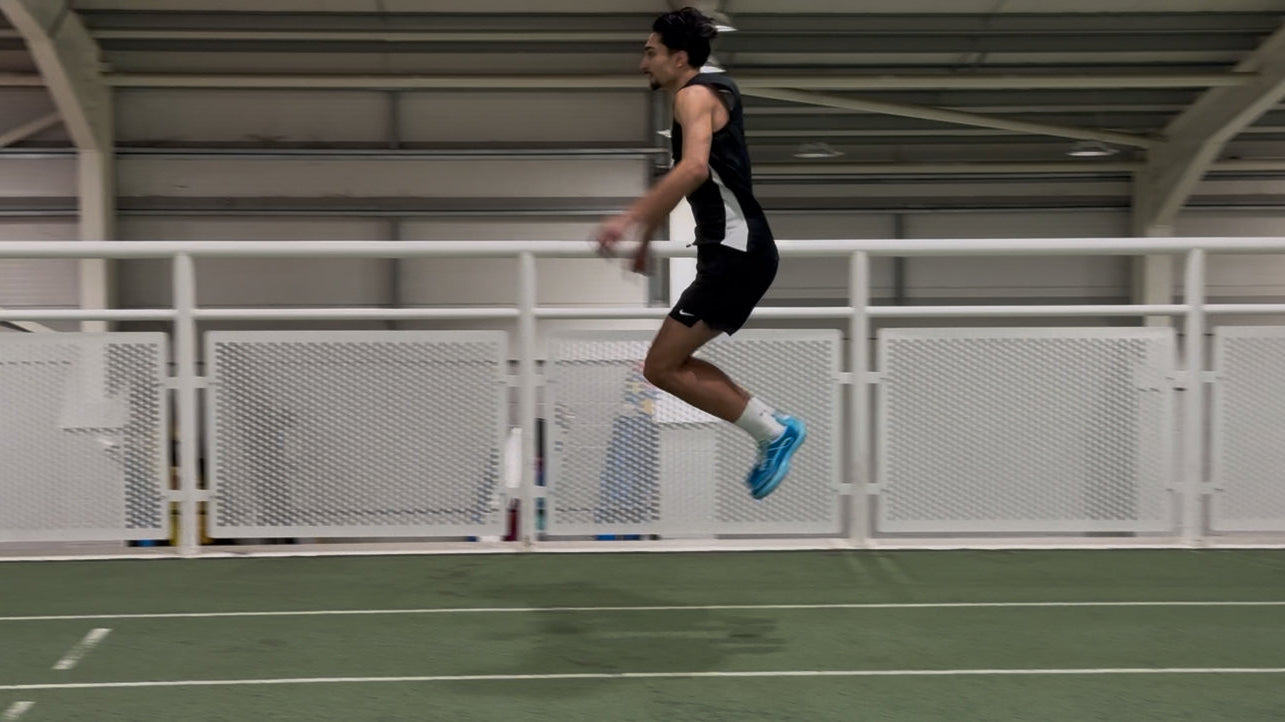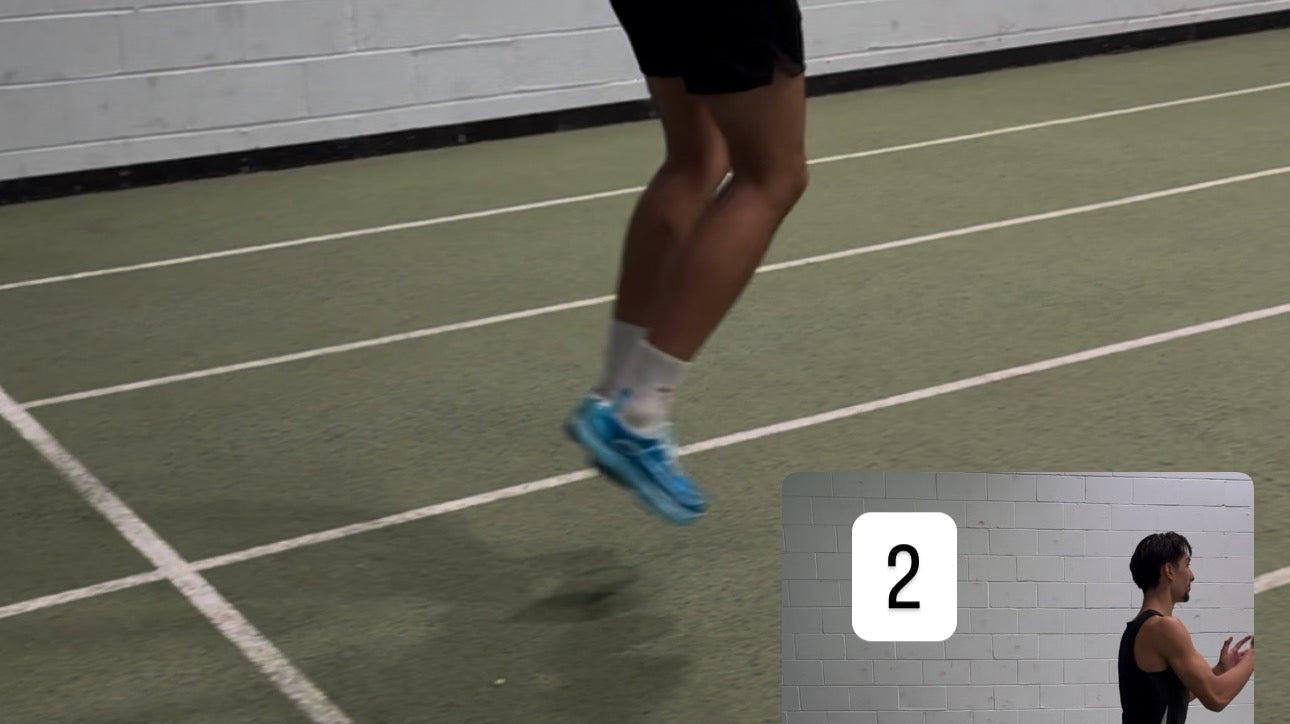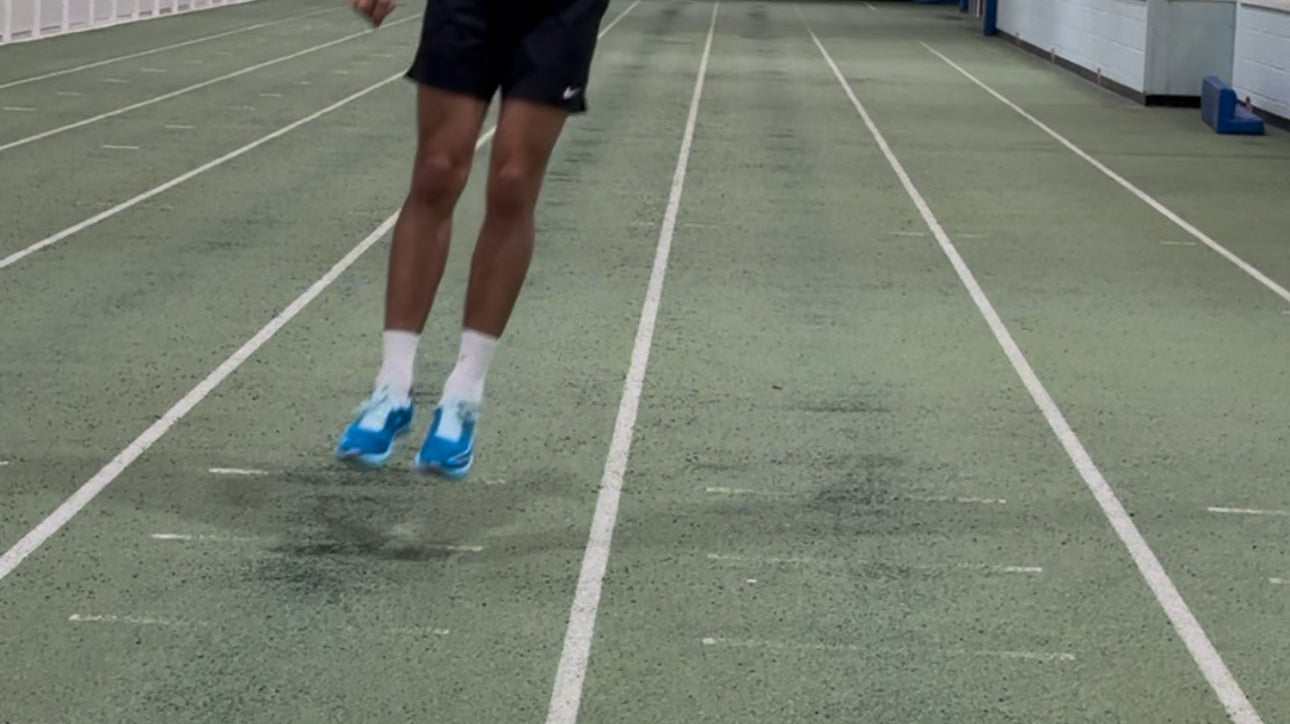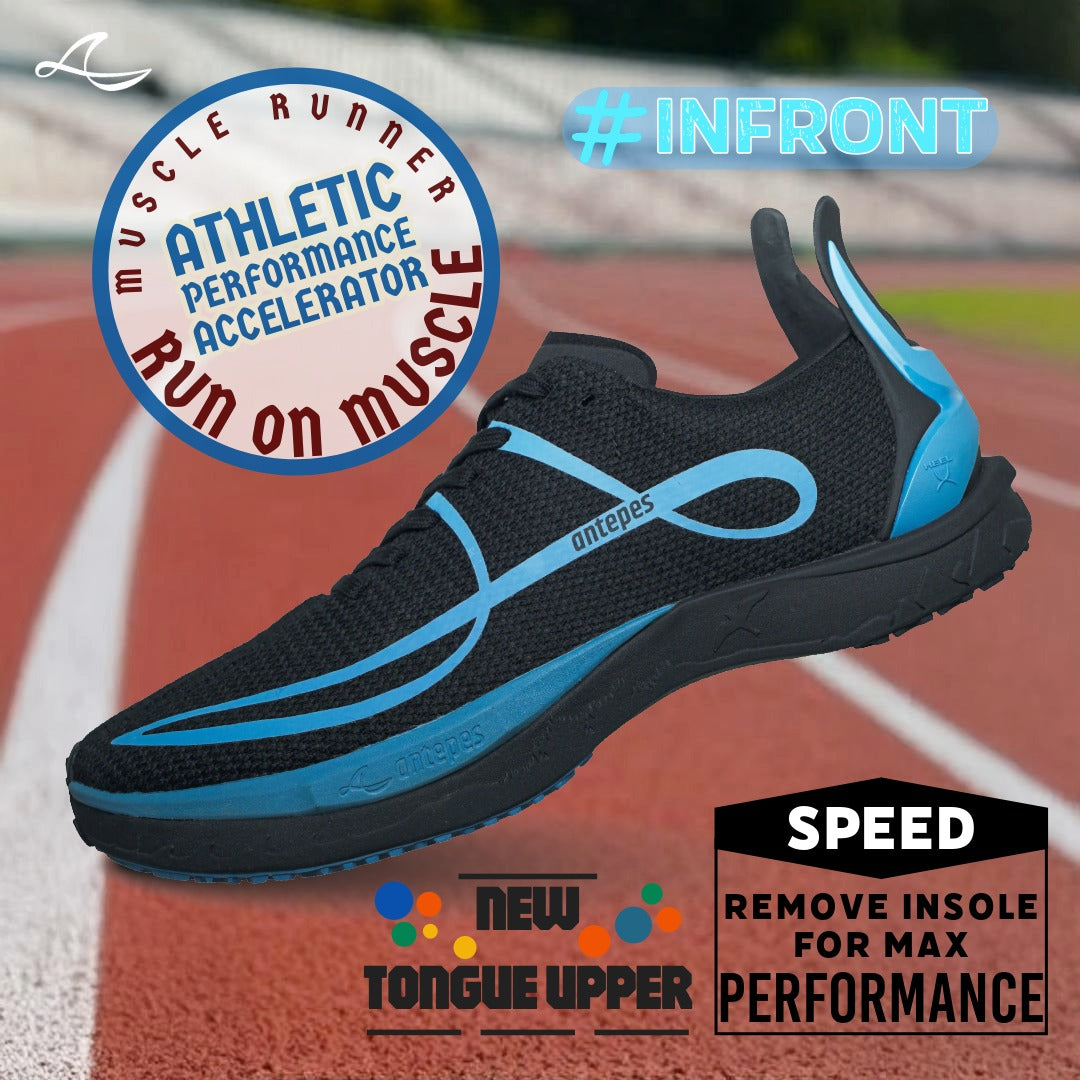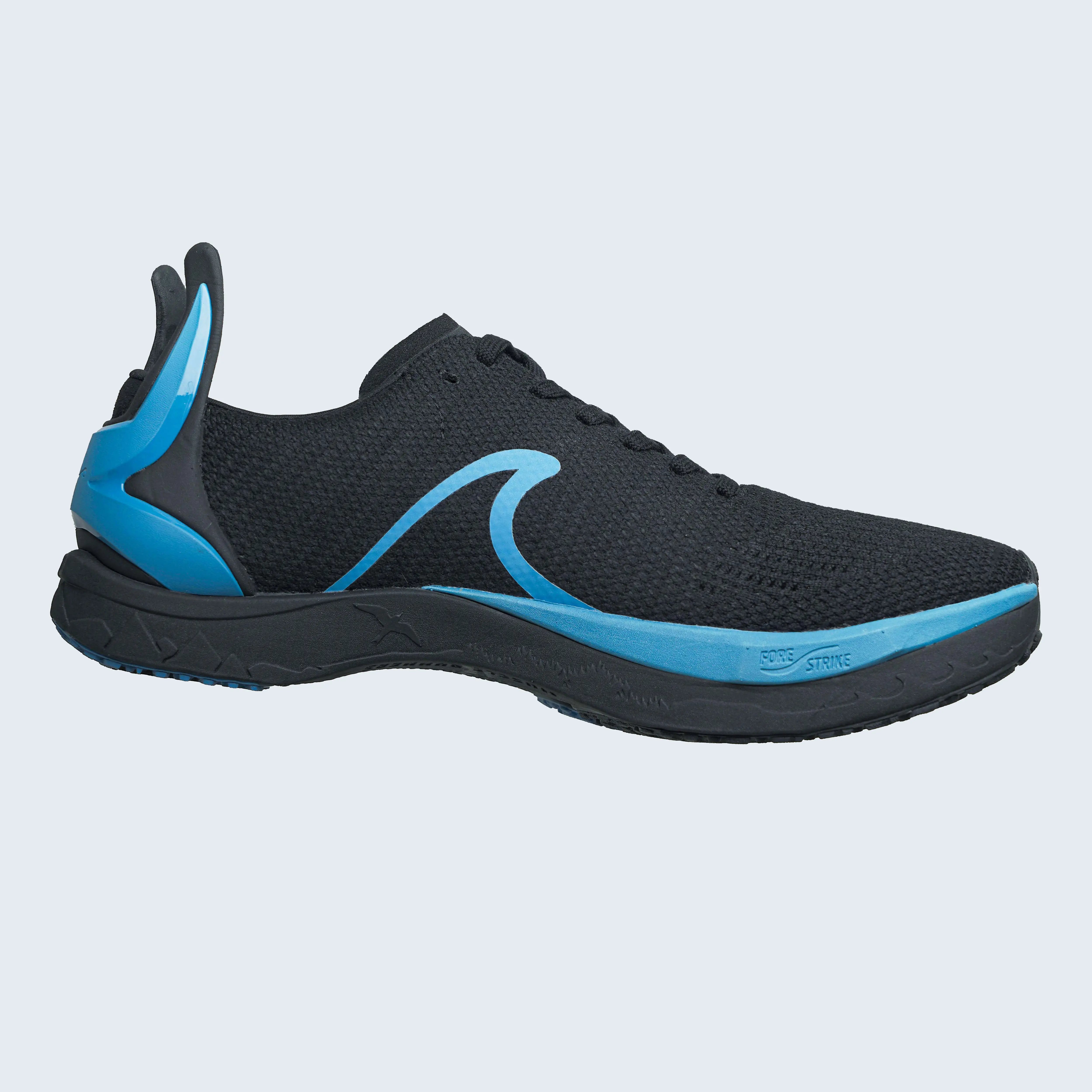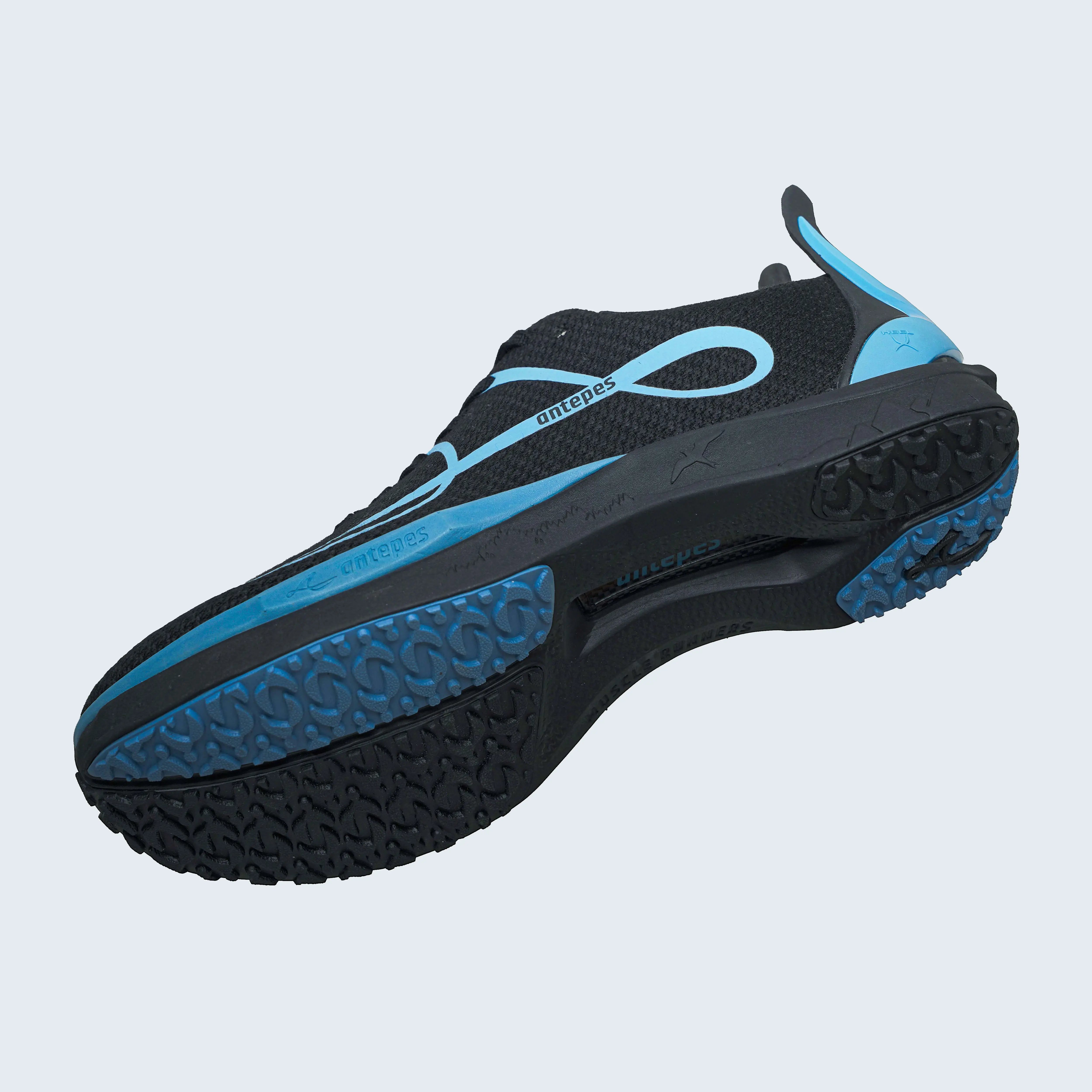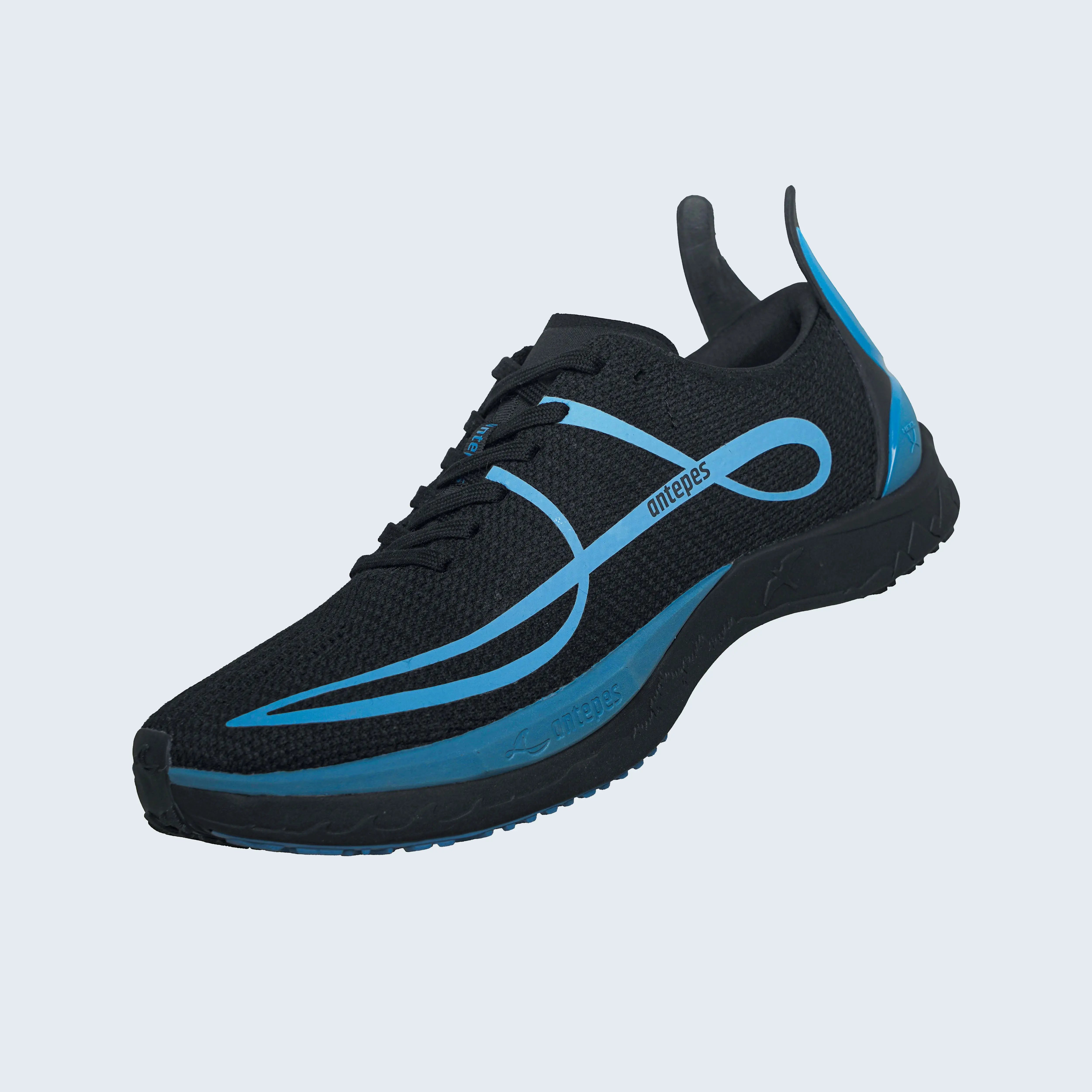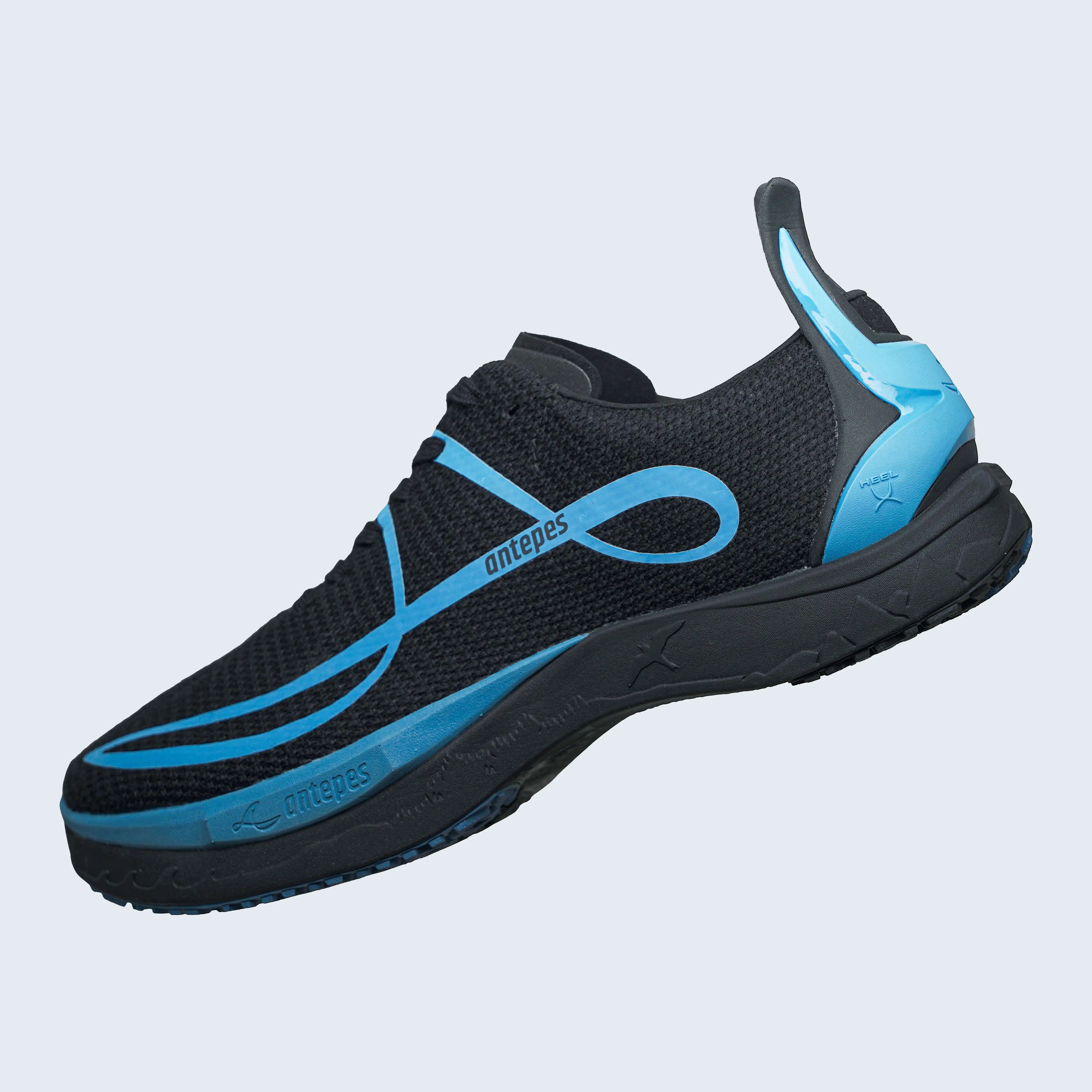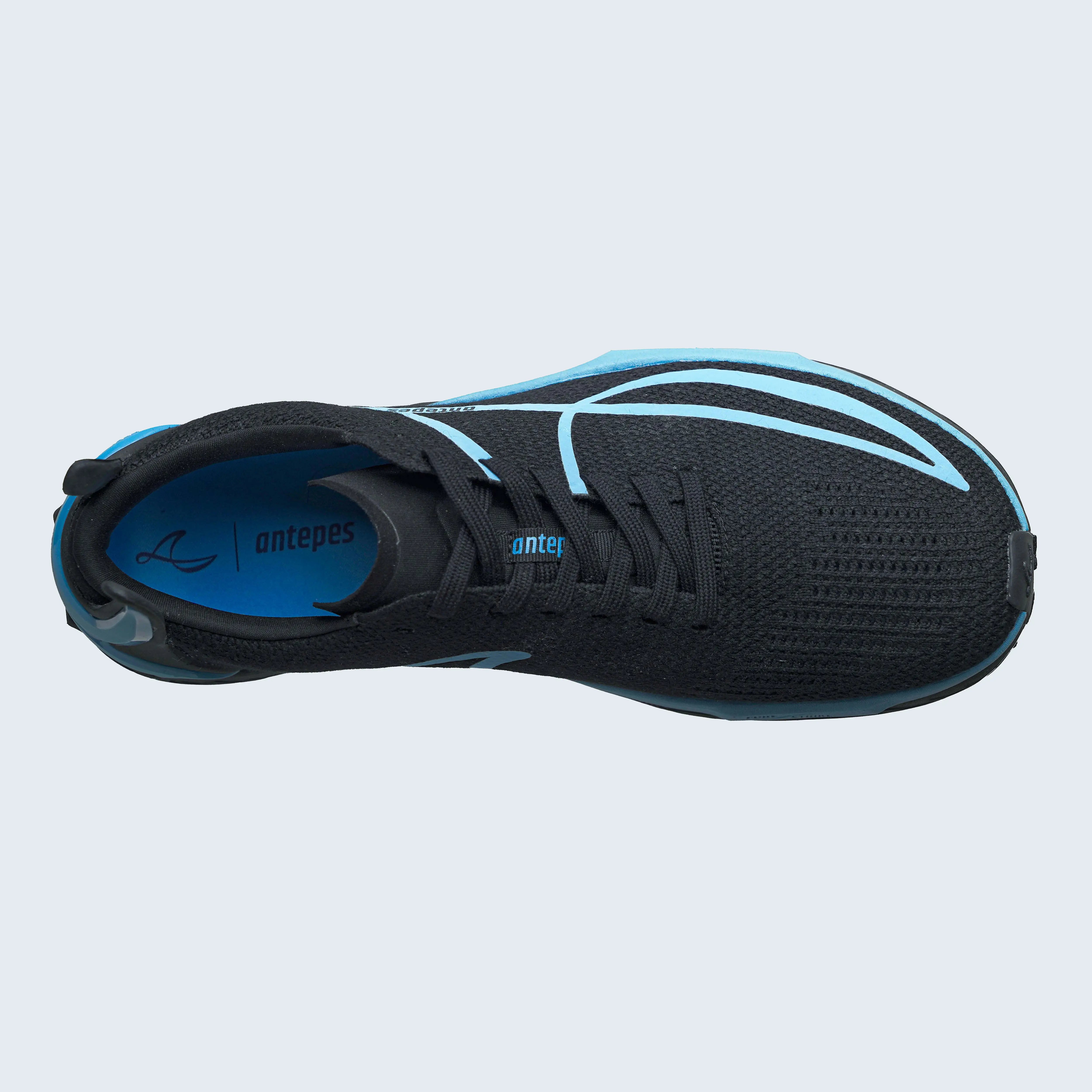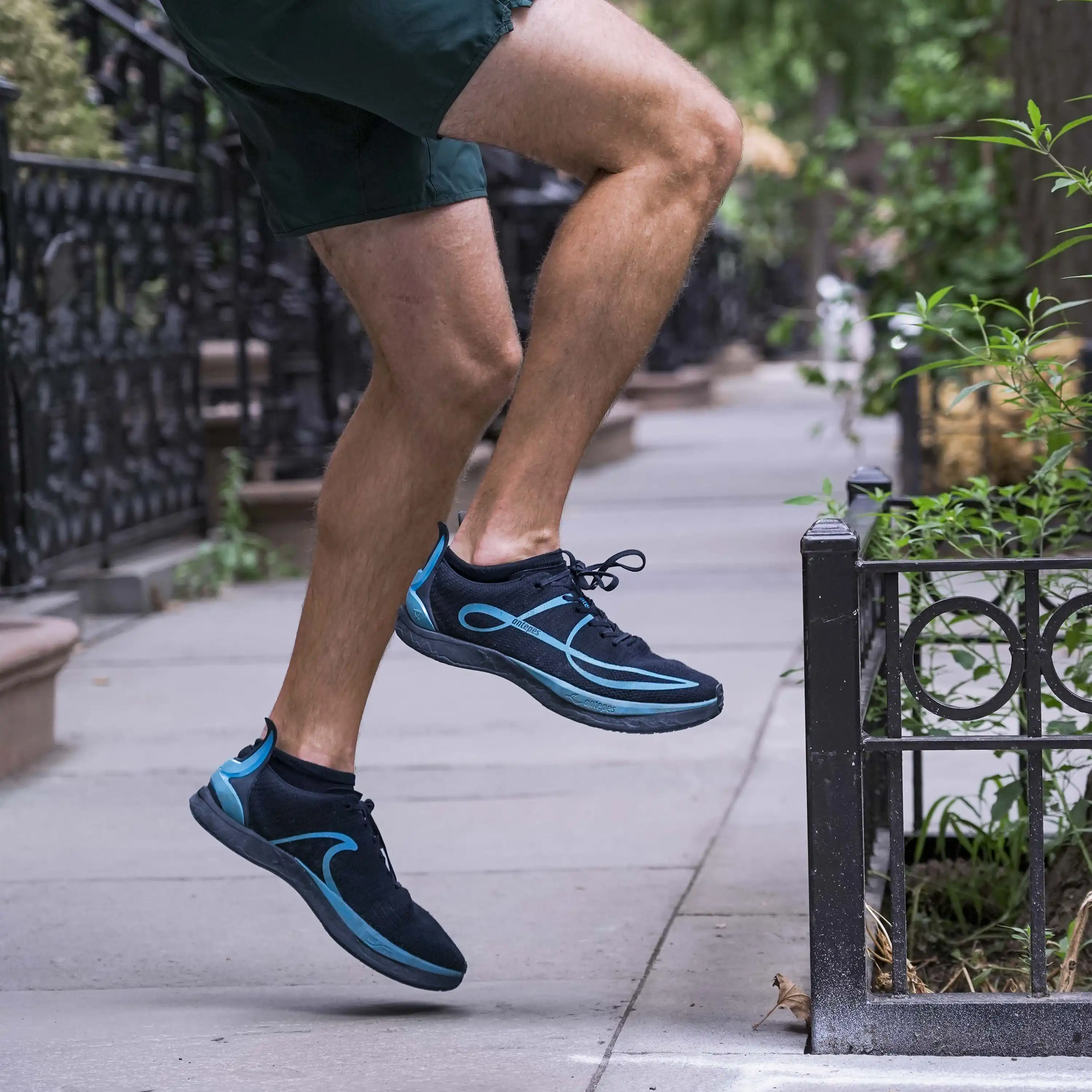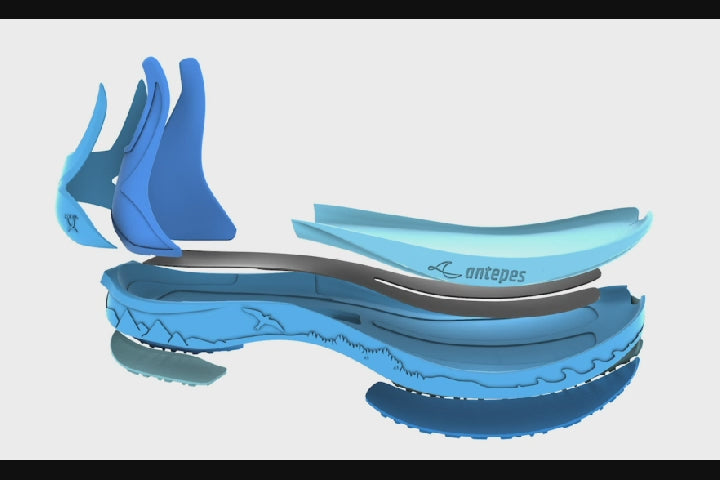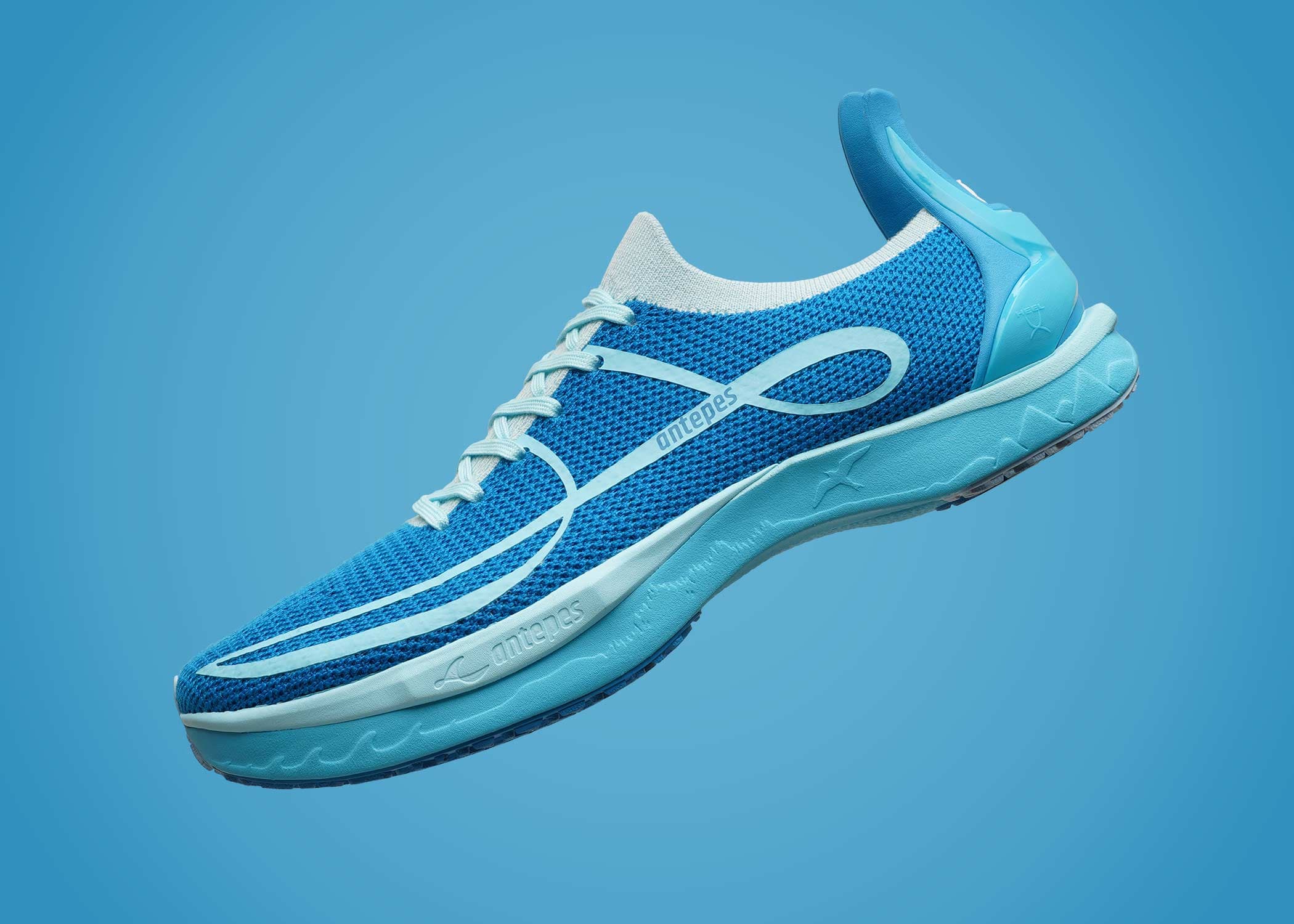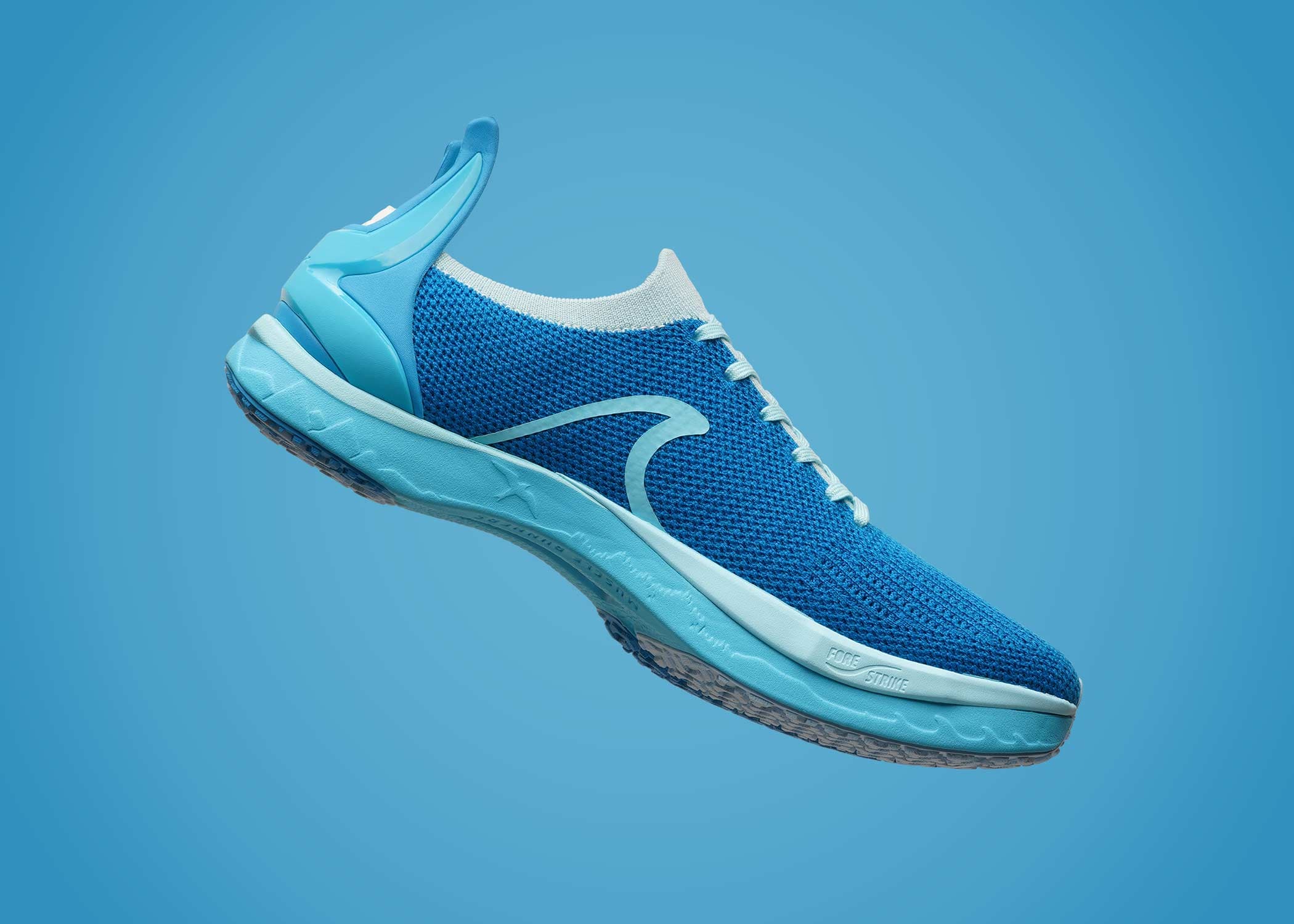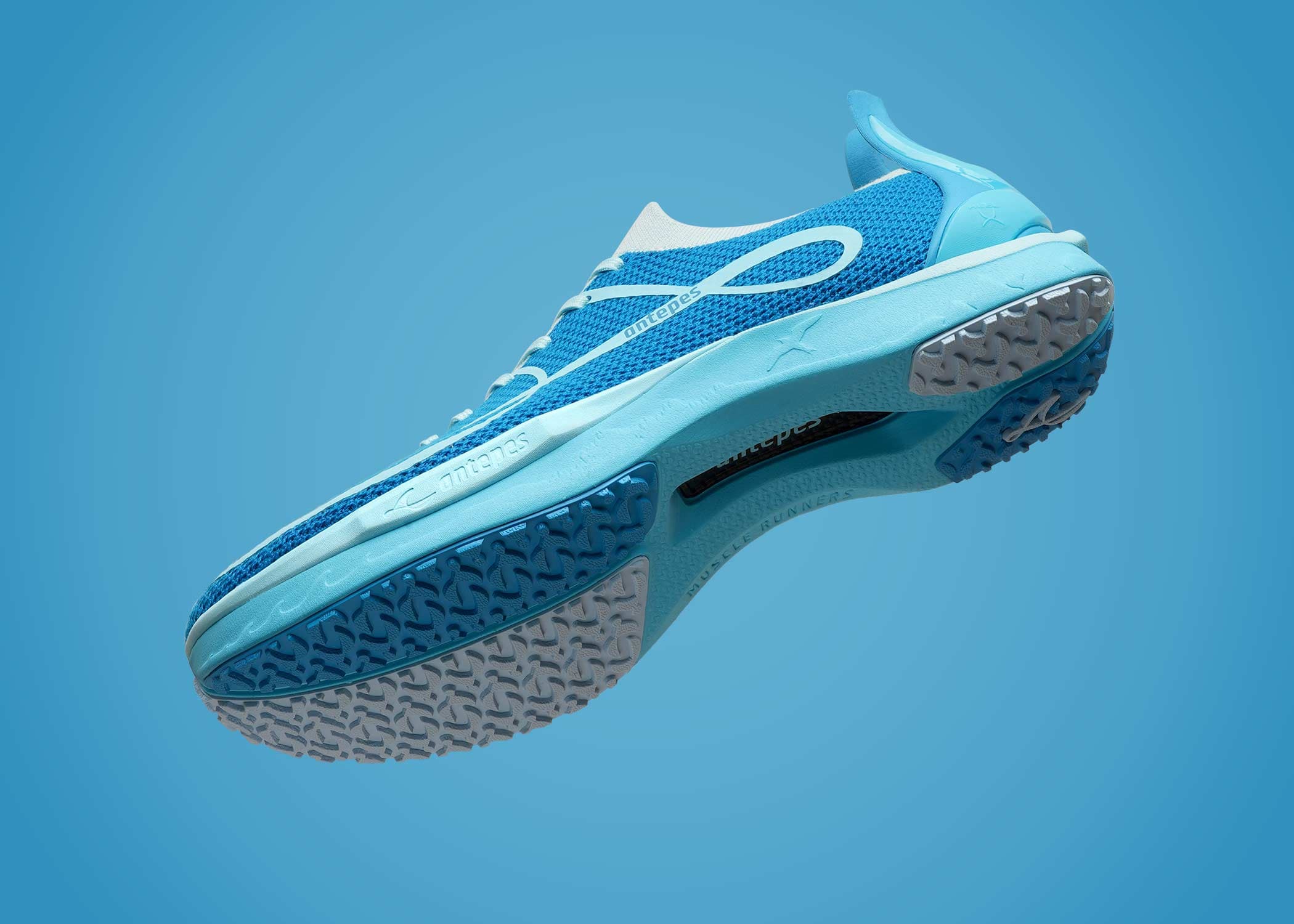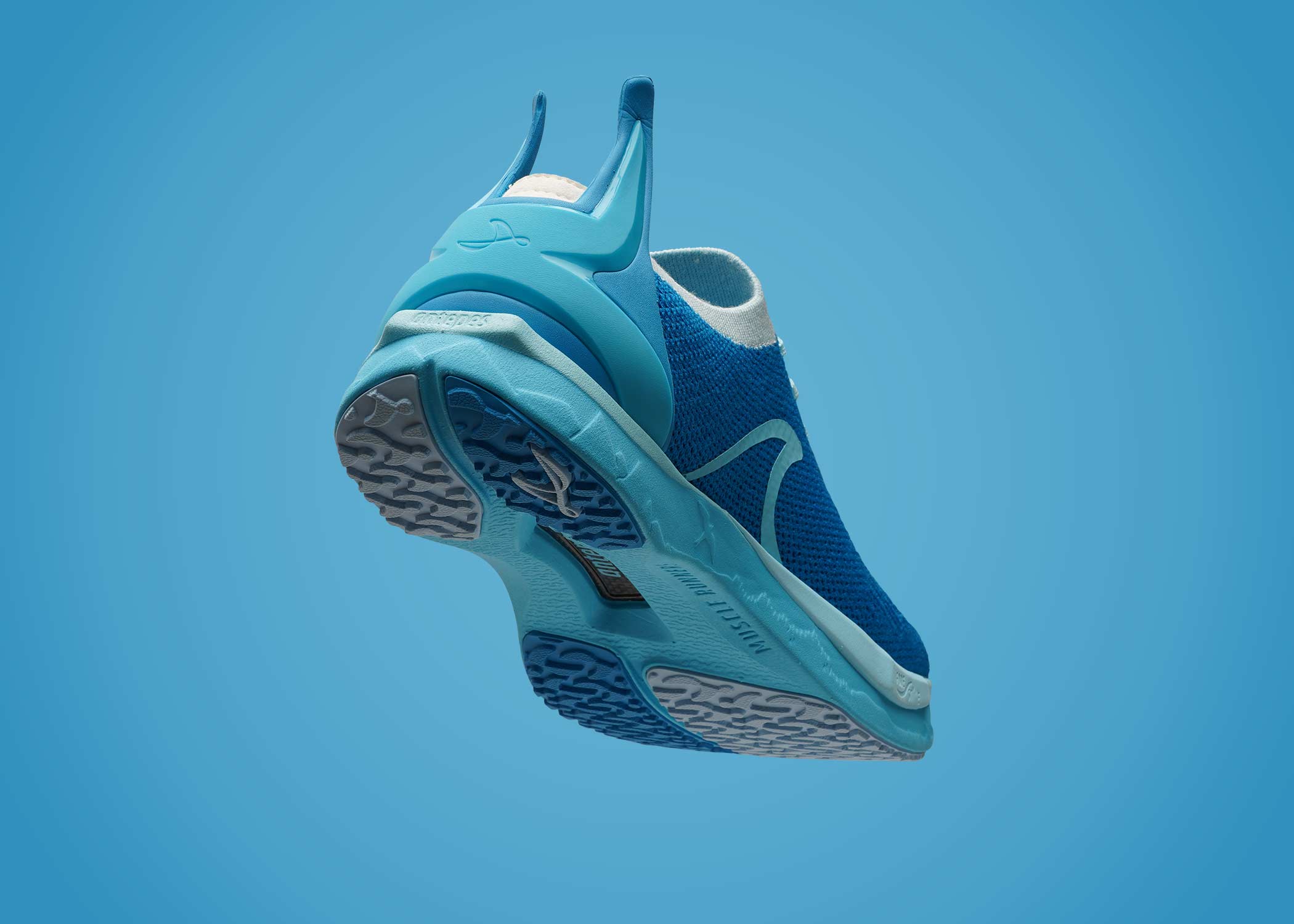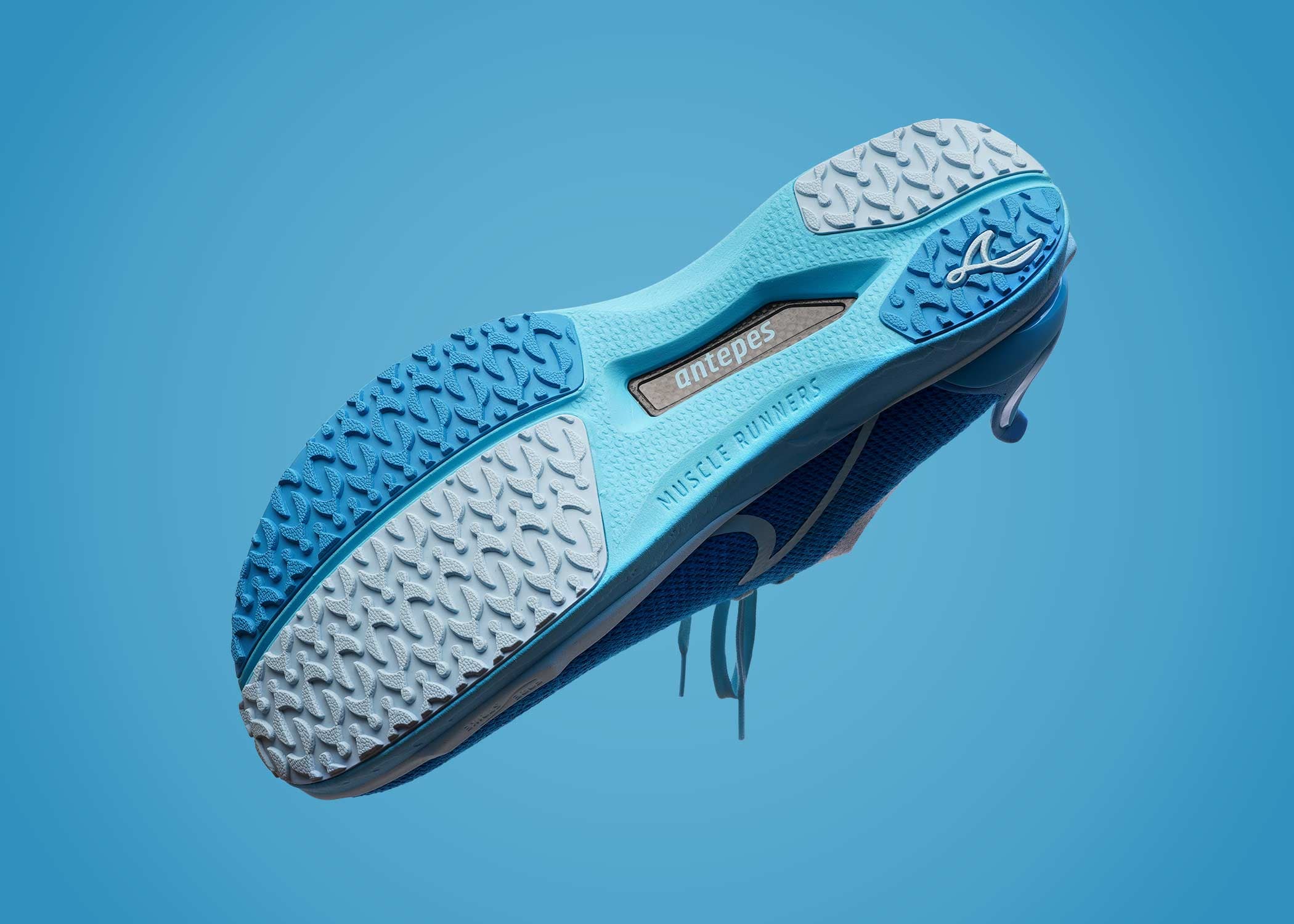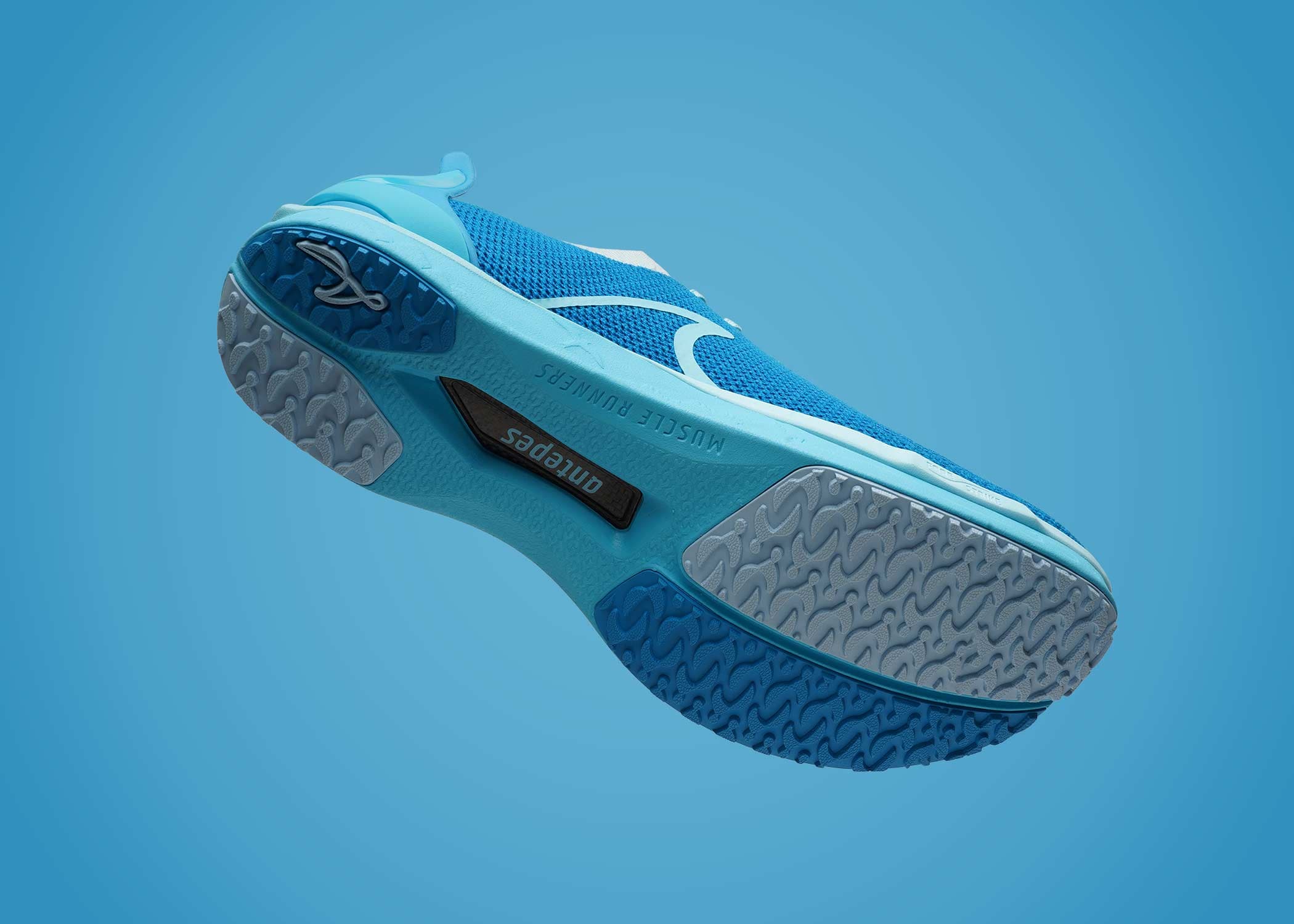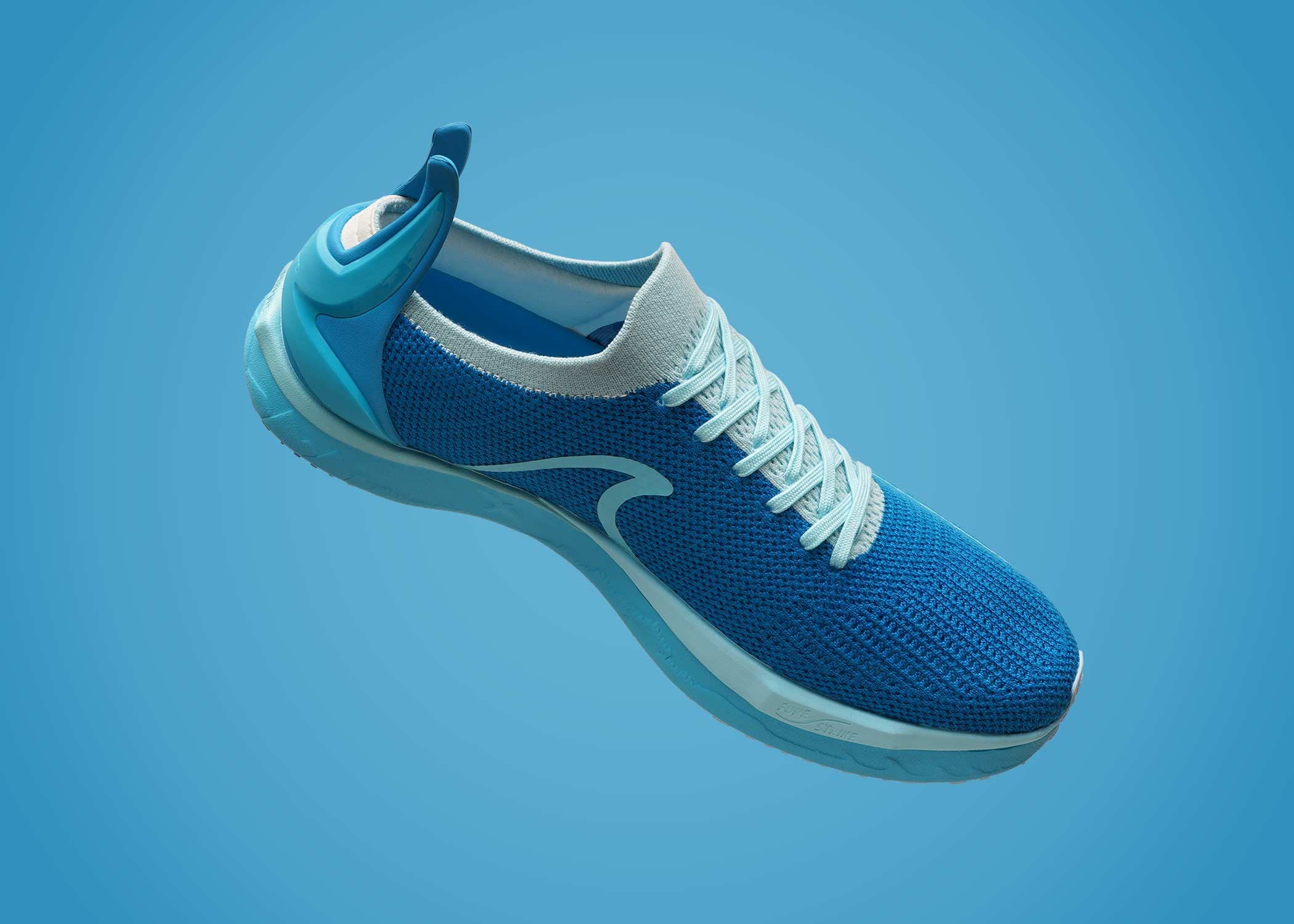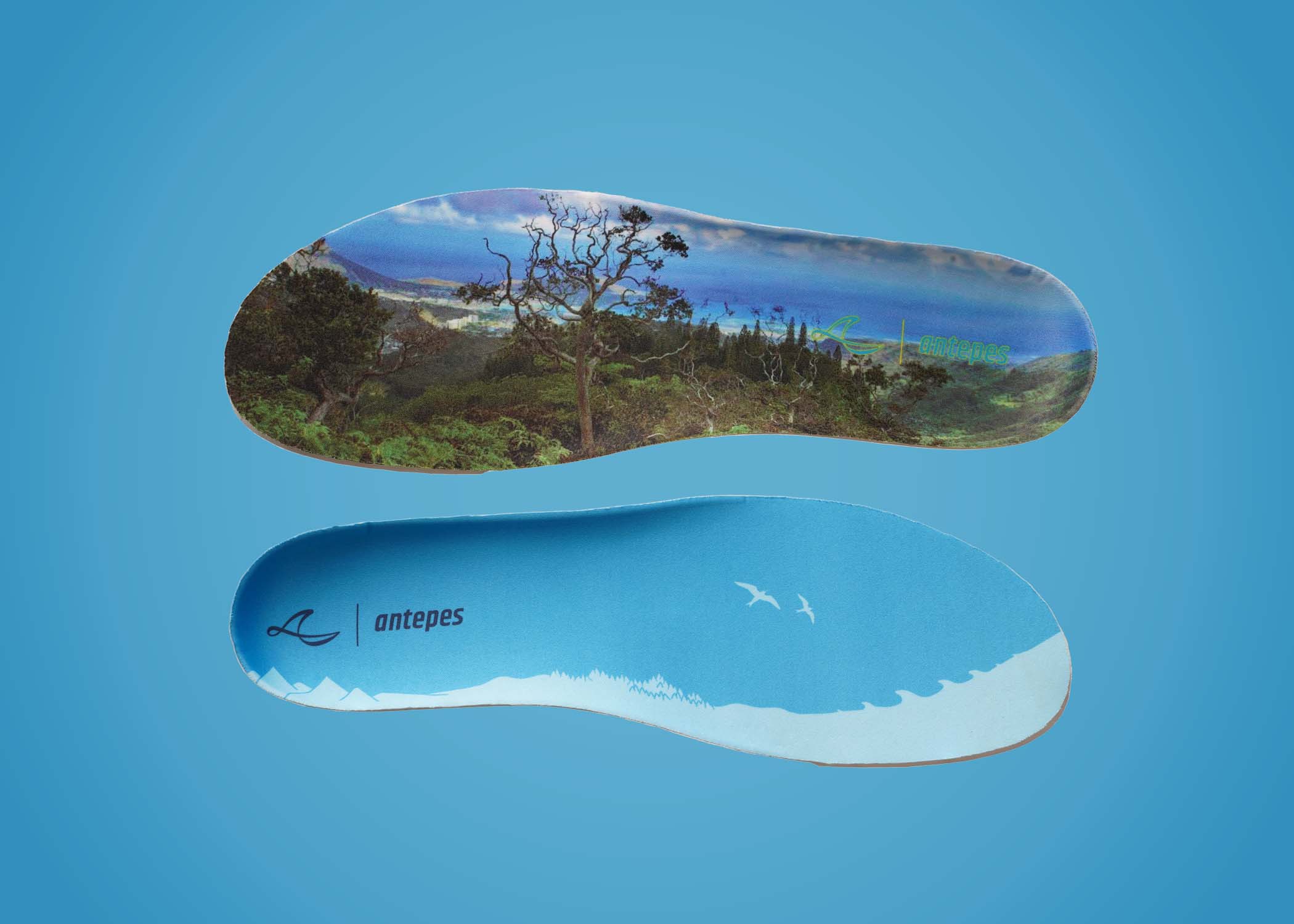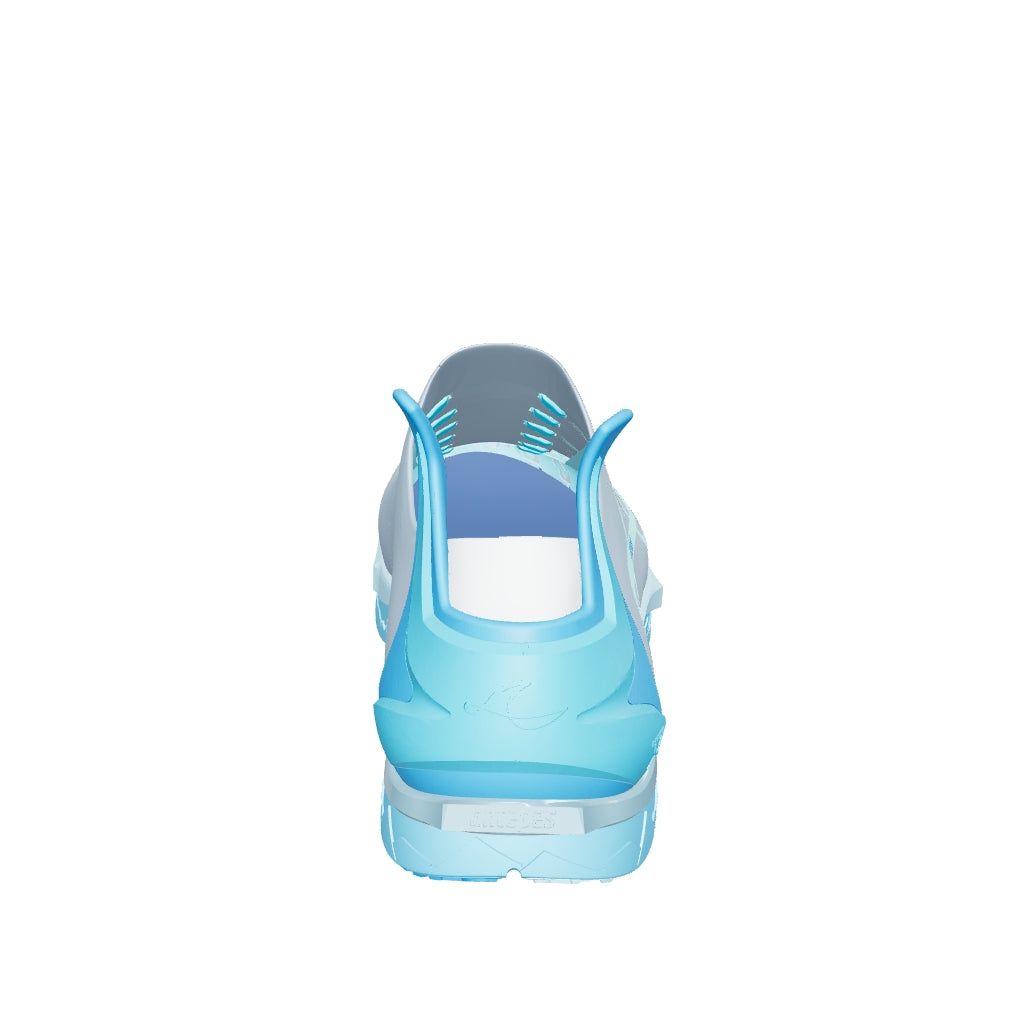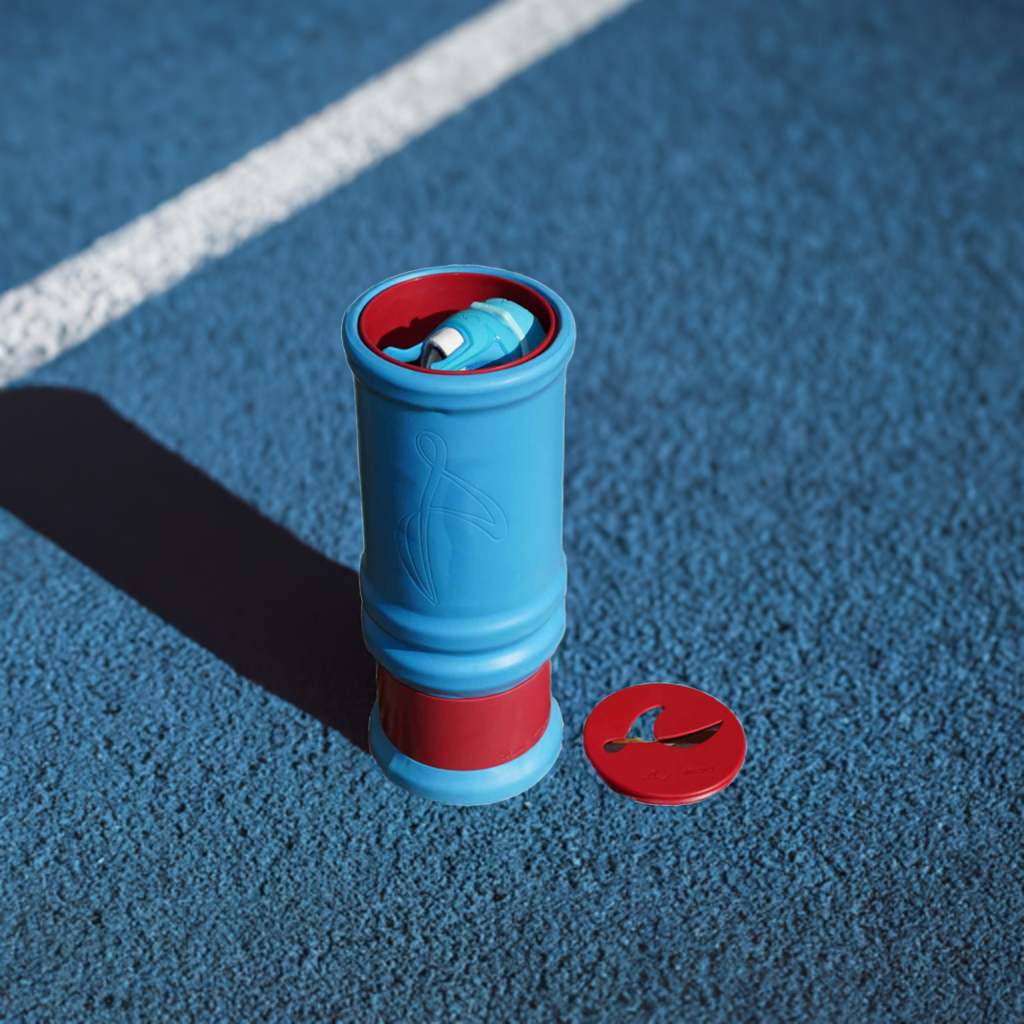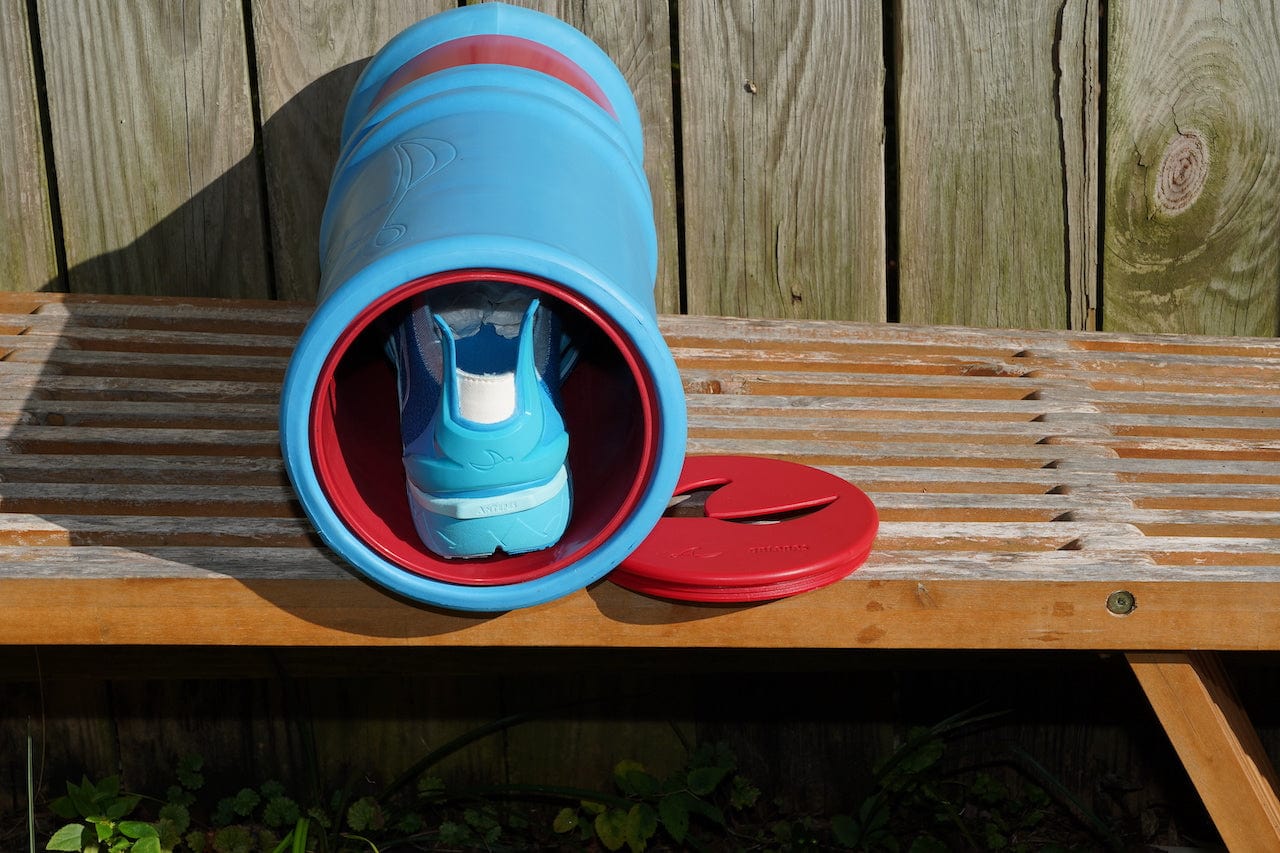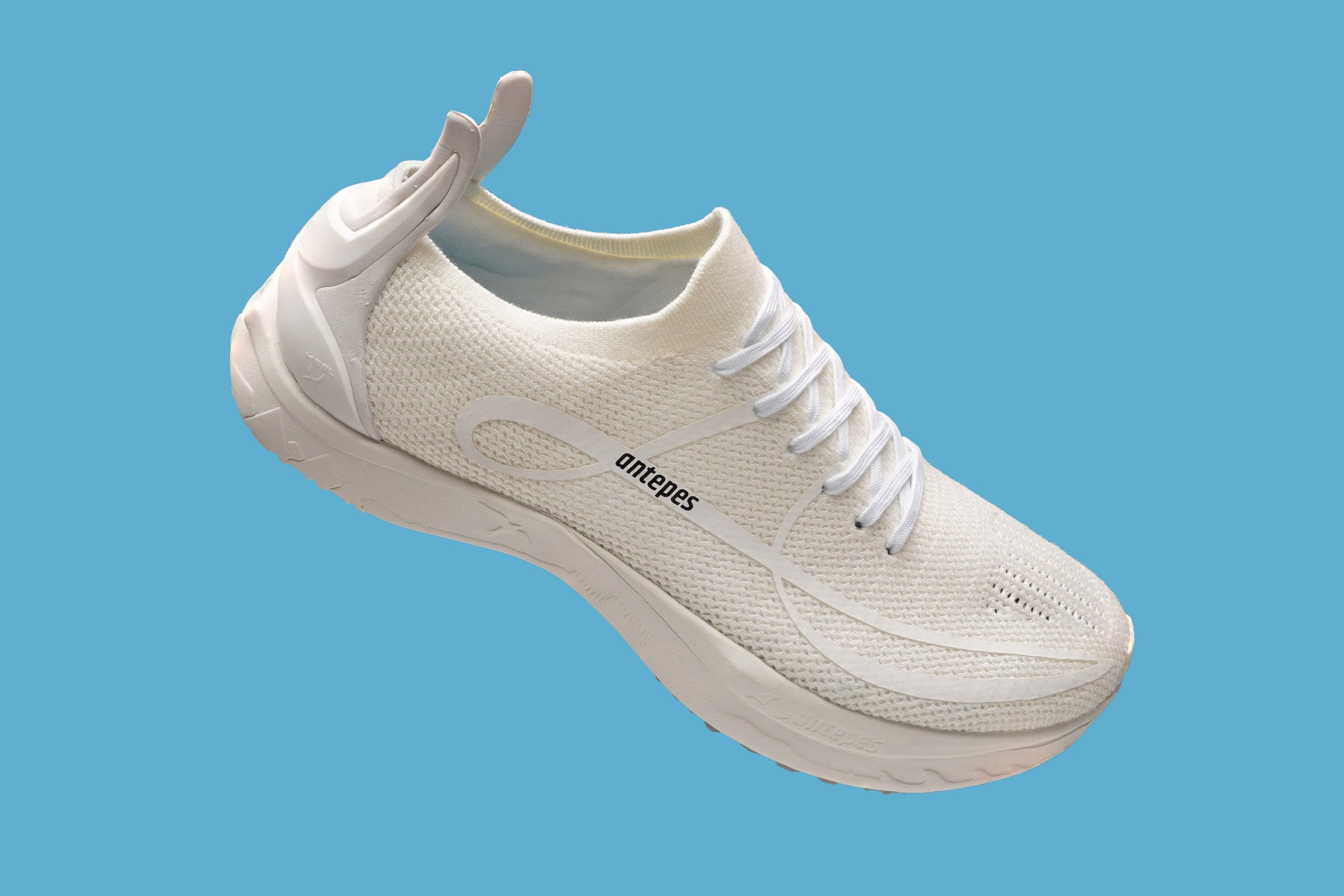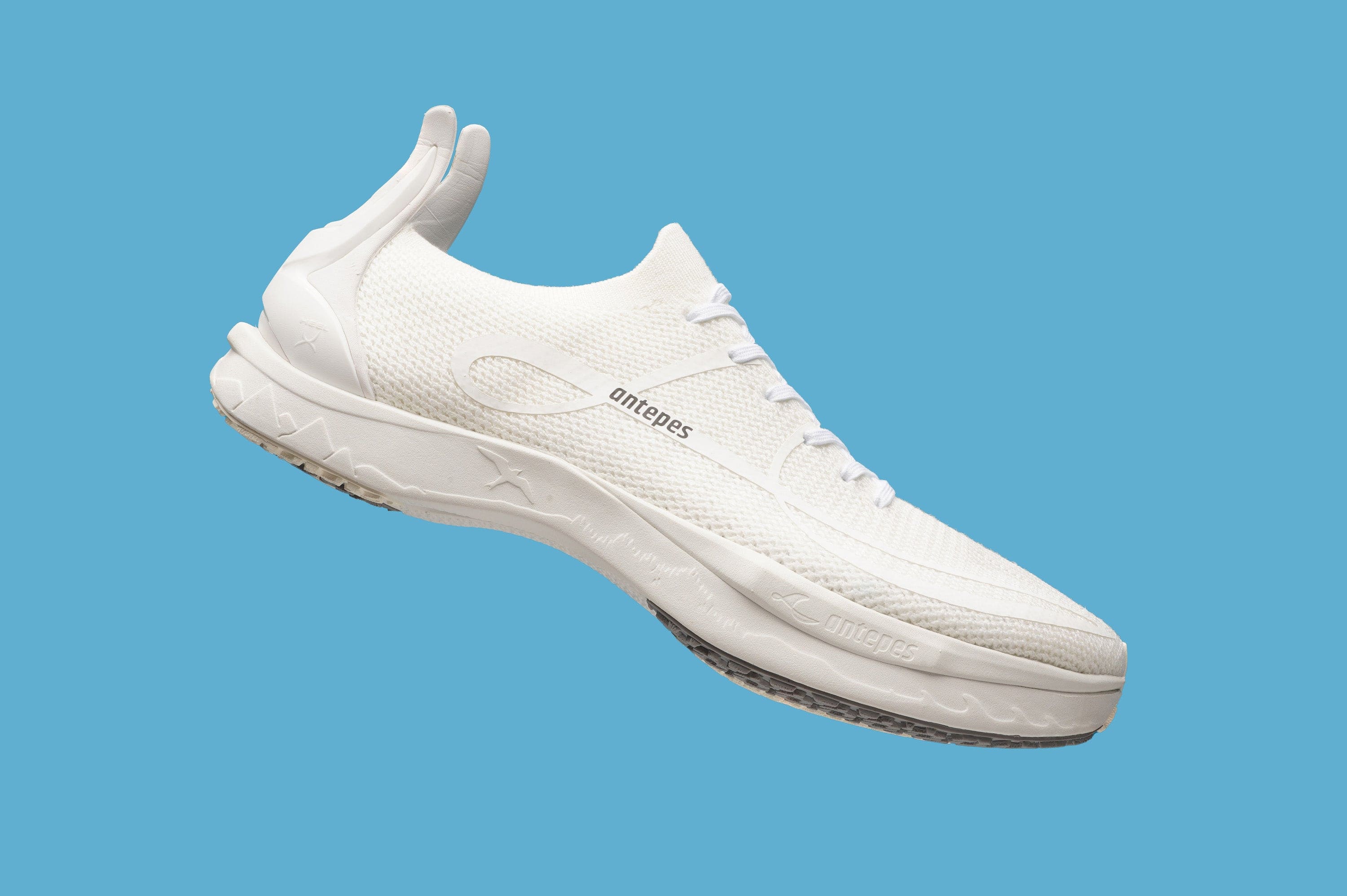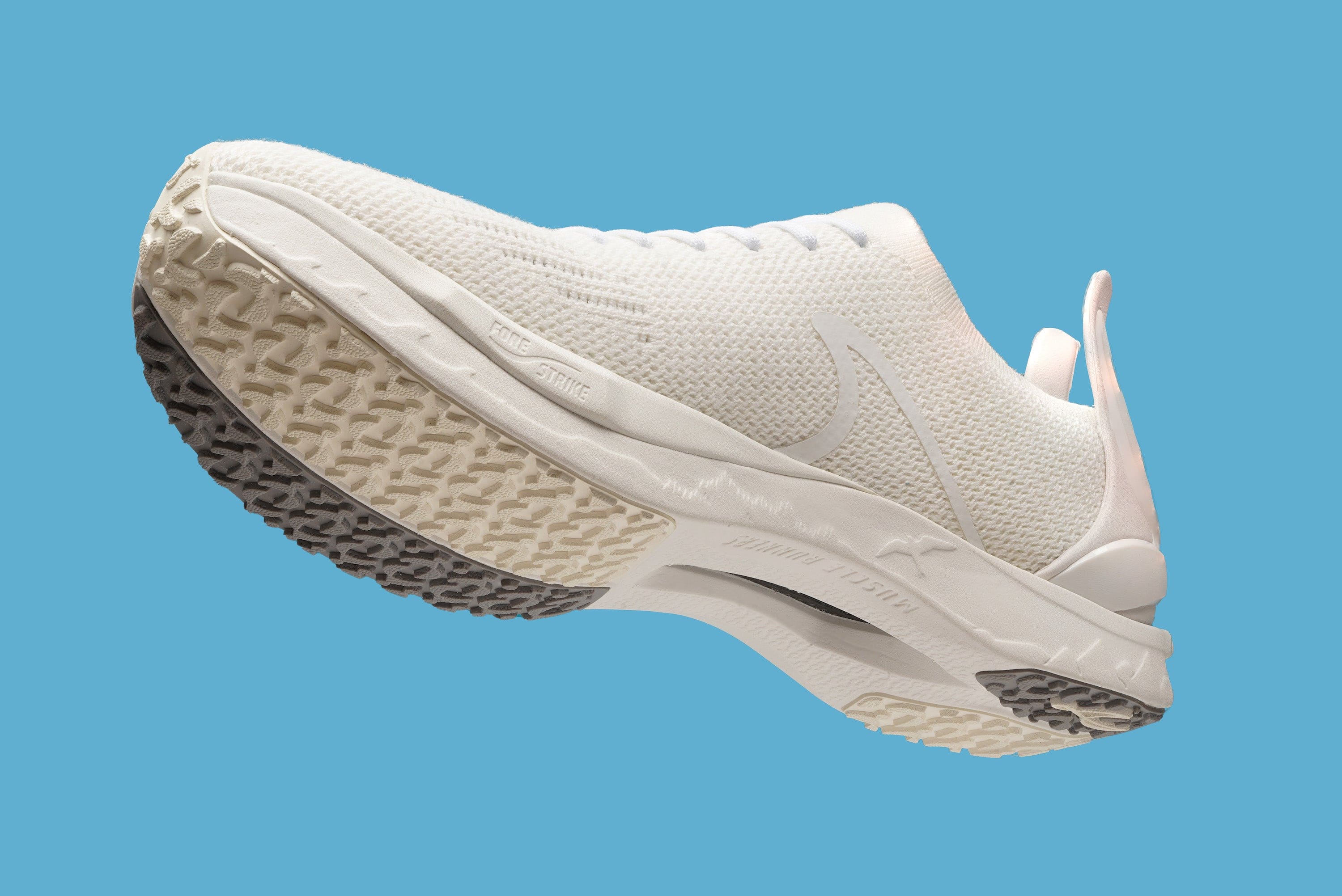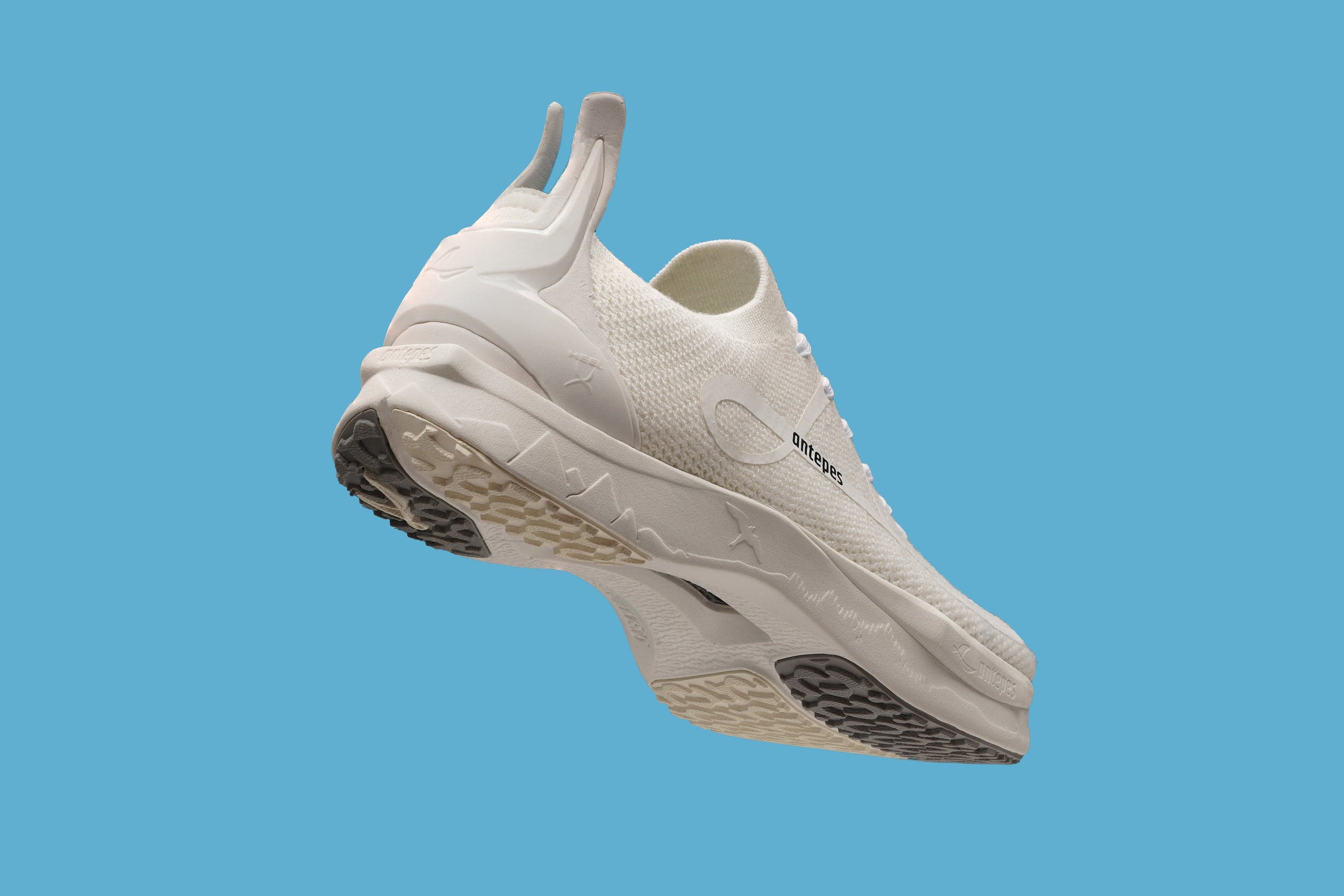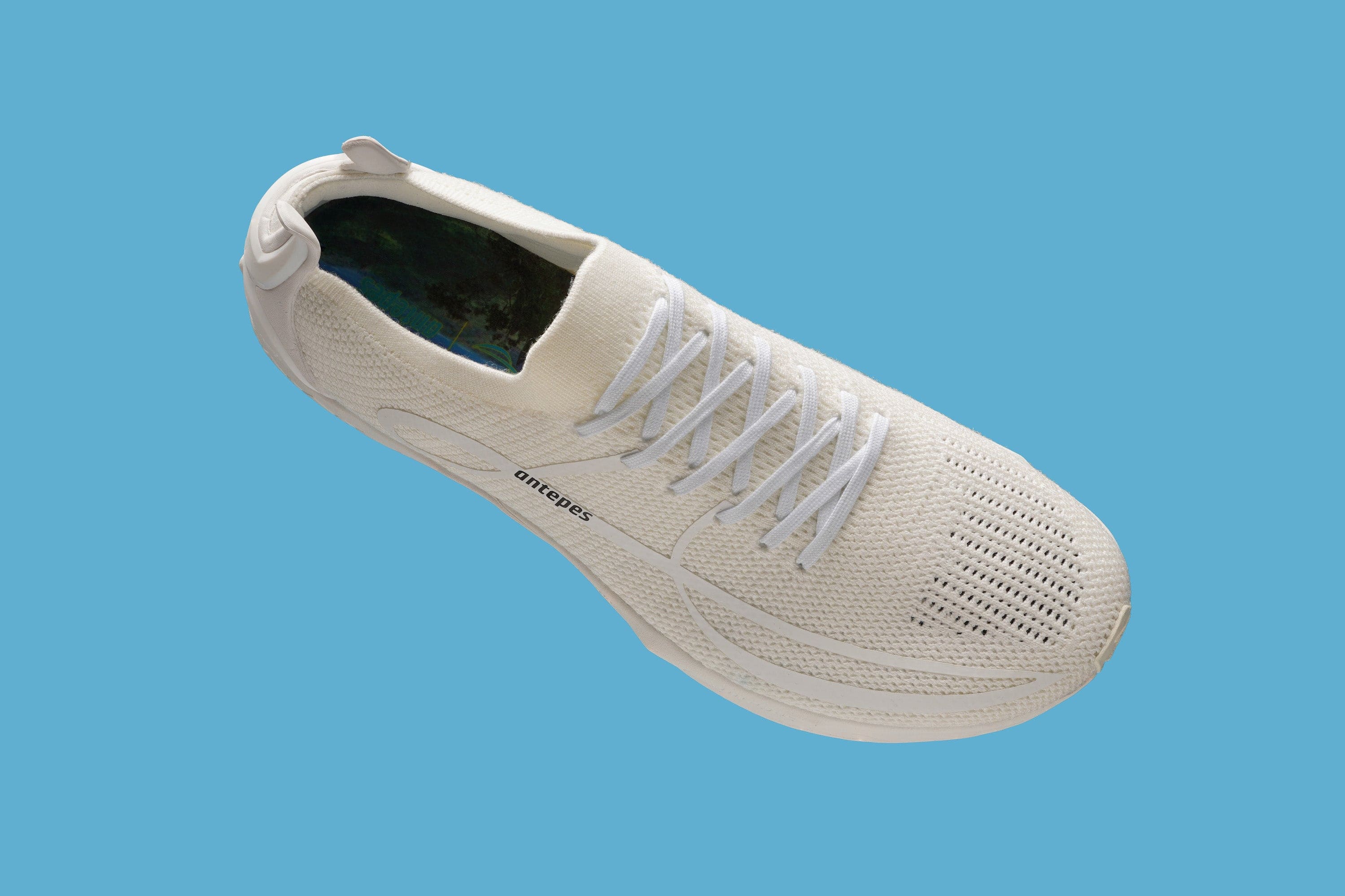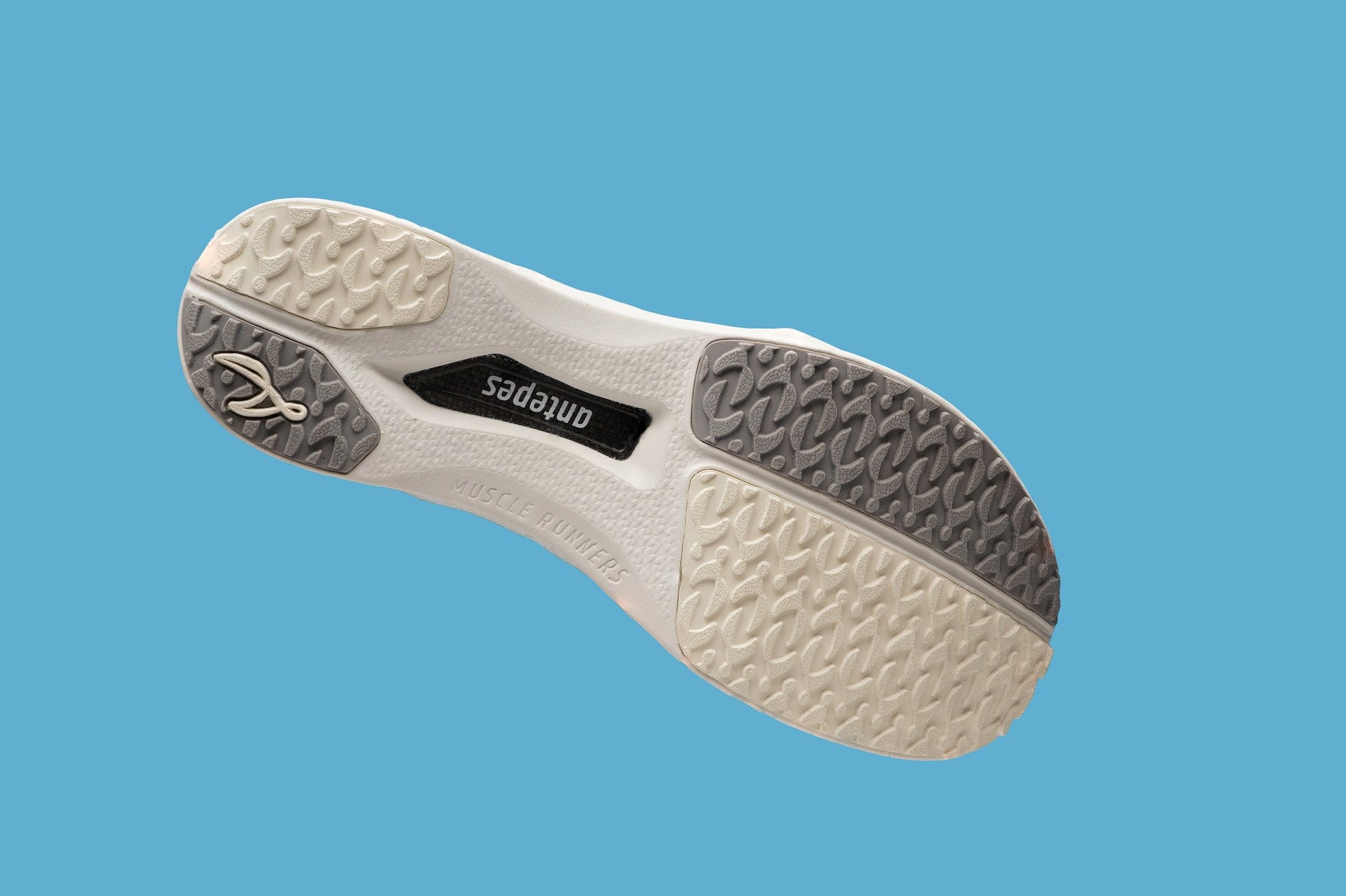
Let’s face it: running is not a safe sport. But no one runs because they like to play it safe. Instead, running comes with some risks, but we still run because we’re passionate about it. Unfortunately, injury is one of the most common risks of running.
Running injuries are common, and you’ve probably had at least a few. If you’re like us here at Antepes (AN-TEEPS), you probably actively look for ways to prevent injury. Luckily, Antepes are a great tool to help with two methods of injury prevention: running form and muscle strengthening.
-
Running Form
Heel striking can transfer too much impact to your joints and can cause injuries. Midfoot running or forefoot running, on the other hand, can take the pressure off your joints, off certain bones, and off certain muscles by reducing the impact of each stride. Landing on your forefoot or midfoot allows your feet, legs, and upper body to distribute and gradually absorb the shock of impact from your running surface, reducing the risk to injury-prone areas such as the shin, knee, and hip.
-
Muscle Strengthening
Even for those who don’t always strike on their midfoot or forefoot while running, training on your forefoot can strengthen underutilized muscles and contribute to injury prevention by strengthening essential muscles, such as the muscles that make up the calf and support the ankle. The American Sports and Fitness Association has said, “Strong calf muscles can help to absorb the impact forces generated during activities like running and jumping, reducing the stress placed on the lower leg and decreasing the risk of injuries such as shin splints, stress fractures, and Achilles tendonitis.”
In an article entitled, “Strong Calf Muscles Will Make You Faster,” Runner’s World pointed out that the calf and ankle muscles are often overlooked but are some of the most important muscles for running. The article referenced Paul DeVita, Ph.D., the director of Biomechanics Laboratory at East Carolina University, who said that muscles that make up most of the calf are responsible for the majority of that “final push” a runner needs to propel upward and forward. The article continued, “that thrust partially determines your pace and stride length. Which means ignoring those muscles can slow you down, and worse, contribute to a higher risk of injury.”
The same Runner’s World article quoted a Finnish study that examined runners with a 3-D motion-capture system and found that “the overall effort required of the calf muscles was actually 25 percent greater than that of the quads,” which made calves “more prone to fatigue over a long run or race.” The article concluded, “Runners can slow down . . . muscle decline with exercise that improves calf function and their ability to produce force” and “it’s never too late to start showing those smaller muscles a hefty amount of love.”
Like you, we’re in it for the long term. We don’t want to stop running because of an acute injury or a chronic problem, so we’re mindful and intentional about injury prevention. A study by the National Sporting Goods Association, cited by a perspective piece published by the Washington Post in 2019, written Professor Mark Hyman, found that only 6 percent of “regular runners” are ages 55 to 64, and less than 3 percent are 65 or older. One reason for that is injury.
Here’s to staying injury free so we can continue doing what we love!

